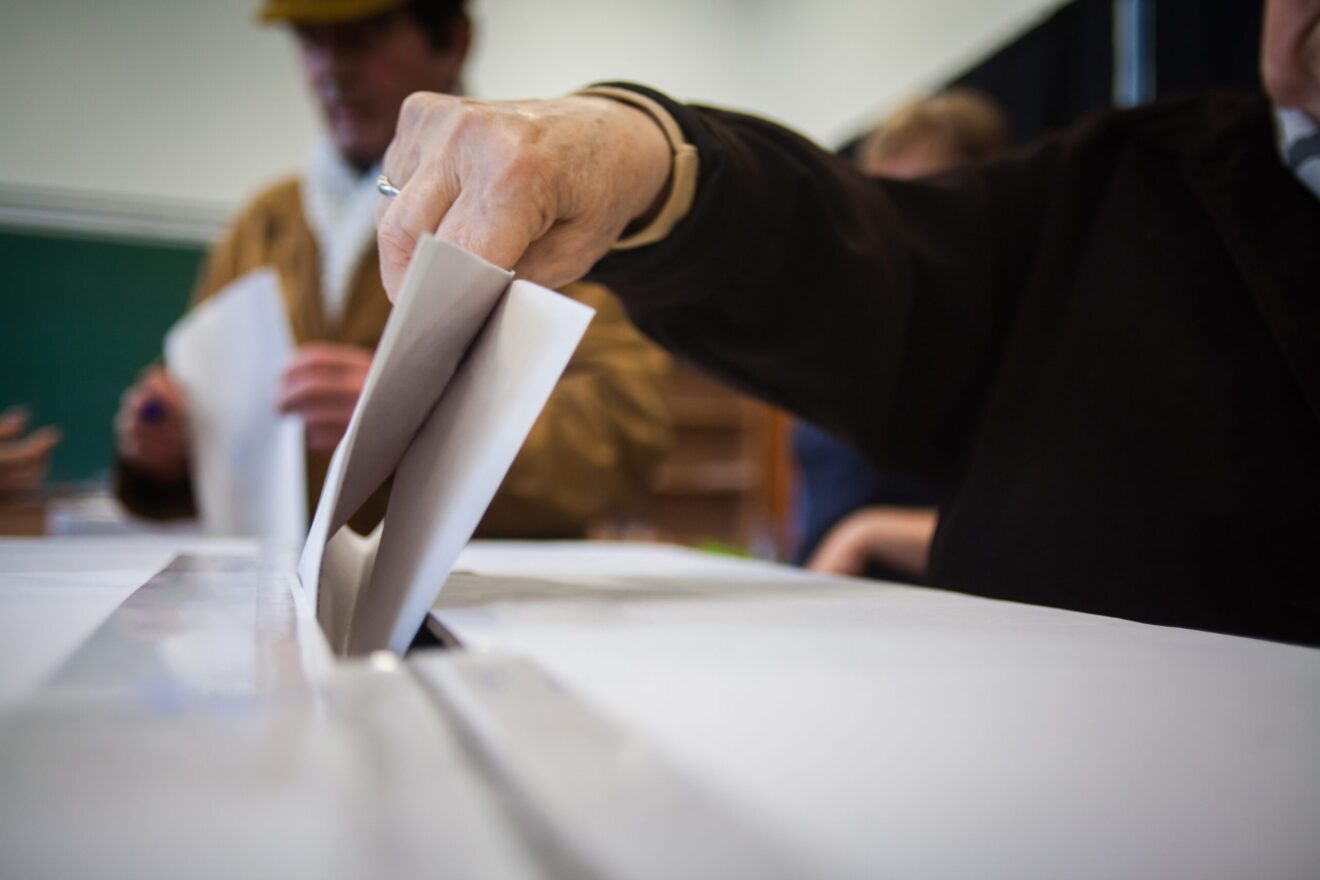According to a new study from the Institute for Democracy & Higher Education at Tufts University, 77 percent of eligible Connecticut College students voted in the 2020 elections, a 17 percent increase from 2016 and a rate far exceeding national voter participation rates for students or the general population.
The report found that Connecticut College students voted at a rate 11 percent higher than American college students overall, 66 percent of whom turned out in 2020, a rate practically matching the 67 percent voter participation rate of the eligible public. That rate still far exceeded the study’s findings from the previous election, when 52 percent of eligible American college students cast their ballots.
Researchers cited increased yield as one component of the improvement in voter turnout, as a higher rate of registered students actually followed through and cast their ballots in 2020 than in previous years. In 2016, 71 percent of registered Connecticut College students voted, compared to 86 percent in 2020.
Connecticut College students also voted differently in 2020, as they were 20 percent less likely to cast their ballots in person, likely a result of the state’s no-excuse absentee ballot system created to respond to the COVID-19 pandemic.
Connecticut College also received other accolades for electoral participation. With 28 percent of the overall student body pledging to vote, the college placed fifth in the nation in the All In Campus Democracy Challenge. The organization also recognized Camels Vote, a nonpartisan civic engagement initiative from the Holleran Center, which included events and panel discussions to highlight the value of voting.
“It’s amazing to see an increase in our voting rate despite a global pandemic and
systemic challenges to our democracy,” said Angela Barney, assistant director of the
program in community action for the Holleran Center. “I hope we continue to increase our voting rates and that people keep advocating for the causes they believe in, as there are no off-years.”
Emily Swintak, a second year Connecticut College student involved with Camels Vote, said she credits the increase in electoral participation to student advocacy like registration drives, social media campaigns, documentary screenings, and other student-led efforts to get peers engaged in the electoral process.
Swintak said many first-year students are not registered to vote when they arrive on campus, but that through events and peer-to-peer conversations, the vast majority of the student population becomes energized about making their voice heard.
“We talk about the youth vote as a whole, and why it’s so important for young people to be voicing their opinions and having a say in the leaders who will be dictating the policies that will shape our lives,” Swintak said.

